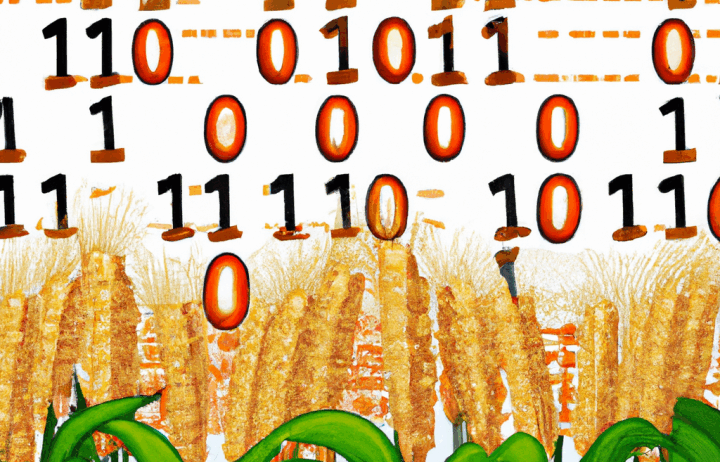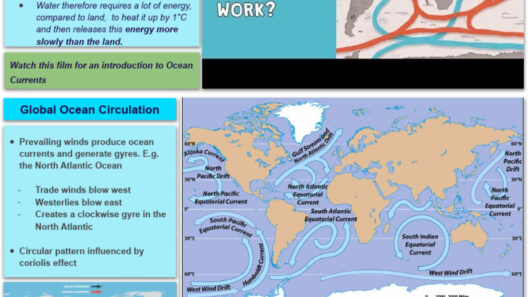The epoch in which we currently reside is one where the specter of climate change looms ever larger, casting shadows over the global agricultural landscape. Within this context, a transformative approach known as Climate-Smart Agriculture (CSA) emerges not merely as a reactive measure, but as an innovative beacon of resilience. Just as a ship adjusts its sails to navigate turbulent waters, agriculture must adapt to the tempestuous changes wrought by a warming planet. This essay delves into the essence of Climate-Smart Agriculture, exploring its defining characteristics, strategies, and the unique appeal it holds for farmers and ecosystems alike.
At its core, Climate-Smart Agriculture is an interwoven tapestry comprising three critical dimensions: enhancing productivity, building resilience, and reducing greenhouse gas emissions. This multifaceted approach encourages agricultural practices that are not only economically viable but also environmentally sound and socially equitable. The concept is not merely a whim of modern agricultural theory; it is a necessity for sustaining food security as adverse climatic events become increasingly common.
To understand the underpinnings of CSA, one must consider its fundamental objective: improving yields under changing climatic conditions. Imagine a farmer’s field as a symphony, with each crop representing a distinct note contributing to a harmonious melody. Climate-smart practices are akin to the conductor’s baton—guiding this melody to ensure continuity amid dissonance. For instance, the adoption of drought-resistant crop varieties acts like a robust string section, maintaining resonance even when the rains falter. Furthermore, intercropping and agroforestry emerge as innovative arrangements that enhance biodiversity and soil health, allowing for a richer, more nuanced composition of agricultural output.
However, productivity alone is insufficient. The resilience of farming systems represents the true backbone of CSA. Farming, much like a well-crafted structure, requires solid foundations to weather the storms. Resilience can be likened to the ability of a tree to bend without breaking; it signifies adaptability in the face of adversity. Climate-smart strategies bolster this resilience through varied tactics. For instance, establishing cover crops can enrich the soil and prevent erosion, similar to how a multi-layered roof protects a house from relentless rain. Such practices prepare agricultural systems to face climatic challenges, be it excessive precipitation or prolonged droughts.
In addition to optimizing productivity and fostering resilience, CSA extends its reach into the environmental realm by mitigating the agricultural sector’s contribution to greenhouse gas emissions. Agriculture is a significant source of these emissions, primarily through practices such as deforestation, nitrogen fertilization, and livestock management. Implementing CSA means steering away from these conventional methodologies and instead embracing sustainable practices. Derived from scientific research, techniques like precision agriculture align human efforts with nature’s rhythms, ensuring that inputs like fertilizers are utilized judiciously. This precision echoes the artistry of a painter perfecting each brushstroke—every action finely tuned to minimize waste, thus preserving the canvas of our planet.
Climate-smart practices are not confined to the reduction of emissions; they also encompass the utilization of innovative technologies. Modern solutions—such as satellite imagery, data analytics, and mobile applications—enable farmers to access timely information on weather patterns and soil health. This digital revolution transforms the agricultural landscape into a canvas of opportunities, much like how the invention of the digital camera redefined photography. In this era of information, the ability to make informed decisions can spell the difference between harvest success and loss.
Moreover, CSA embodies an intrinsic connection between local communities and the ecological system. The philosophy behind it compels farmers to embrace agroecological principles, fostering a reciprocal relationship with their environment. This interconnectedness resonates deeply; by nurturing biodiversity and fostering soil health, farmers invest in their land as it invests in them. This syndicate between human endeavor and nature is an integral tenet, positioning agriculture not merely as a means of sustenance but as a dynamic ecosystem woven into the fabric of life itself.
Critically, the triumph of Climate-Smart Agriculture necessitates the empowerment of farmers through education and capacity building. A well-supported farmer is akin to an artist well-versed in their craft; mastery comes with knowledge and practice. Therefore, training programs and cooperative initiatives become indispensable components of this transformative journey. They not only disseminate vital information but also foster a sense of community among farmers, akin to an artisan guild crafting their masterpieces collaboratively.
Evaluating the broader implications of CSA reveals its potential to intertwine economic growth with environmental stewardship. By incentivizing sustainable practices, nations can cultivate a robust agricultural sector capable of withstanding the pressures of climate change while elevating the livelihoods of those who depend on it. The synergy between ecological balance and economic viability is not a fanciful dream but an achievable reality grounded in innovative practices and collaborative efforts.
Ultimately, Climate-Smart Agriculture is a clarion call to arms against the impending challenges posed by climate change. It beckons farmers, policymakers, and communities alike to join forces in reimagining agricultural systems that prioritize resilience over mere survival. This transformative approach underscores the inherent connection between humanity and the environment—akin to the delicate balance of the ecosystem that nourishes us all. By adopting Climate-Smart Agriculture, we are not merely cultivating crops; we are nurturing the very essence of life itself, building a sustainable future for generations to come.







